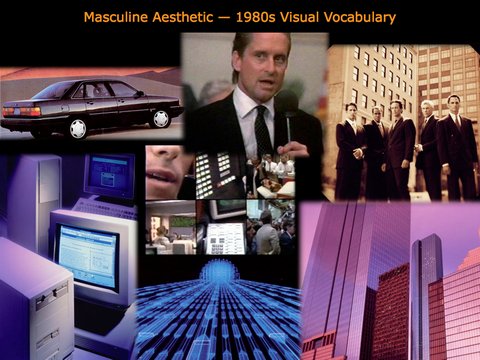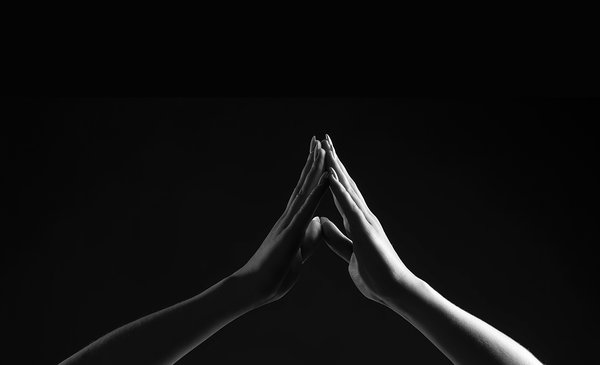Brands are built on cultural DNA and therefore, must evolve with the times and shifting consumer desires.
To successfully navigate such turbulent waters, we recommend for marketers to steward brands through a “trend process”, recognizing that the brand essence resides in quintessential equities – visual, sensorial, experiential and personality – that create truly emotional bonds with consumers.
For over more than a decade, we have refined a “Brand Effervescent Trend Forecasting Process” that funnels macro trends into a brand essence.
Each higher trend level feeds the one below in a 10-step brand development process.
Applying Trends to Brands
While every project presents its own challenges, this process can help marketers apply the right trend to a brand’s living space.
1. Trend Signals
Seek visionaries; stay future focused. Big discoveries can come from the fringe, unfamiliar territory that can even elicit a touch of fear.
2. Benchmark Cultural Signposts
Trends are rooted in culture so look to key influencers in architecture, design, media, art, technology, social media, politics, religion, the economy, even healthcare. Aim for signals in at least three disciplines to indicate a trend. Validate whether this trend has “peaked.” Nothing is worse than discovering a “new trend” is on its way out.
Information overload is the greatest challenge in the search for emerging trends. To cut through the clutter, try these resources:
Trendhunter, Trendwatching, Coolhunting (trend sites)
Psfk (trend aggregator)
Huffington Post, Daily Beast (news aggregators)
Ad Age (advertising)
The New York Times, USA Today (mass perspective)
Guardian, BBC (cultural cross-over trends)
The Dieline (packaging)
Dexigner (design)
Daily Candy, Goop (fashion)
Industry blogs, magazines
Ffffound.com (sensorial trends)
ICFF, Milan Furniture Fair, Future Trends (trade shows)
Twitter, Google Alerts, RSS
Trend Professionals
Branding Strategy Insider (subscribe to the site you are reading now)
3. Visual Incarnation
“Visual positioning” ensures that the proper interpretation of a trend storyline is infused into the brand essence. This step collapses the senses into a primal experience, evoking touch, taste, smell, and sounds to enhance the brand experience.
Let’s look back for an example. The visual vocabulary of the ’80s was masculine, boxy, structural and hard-edged. In the late ’90’s, a feminine biomorphic aesthetic became in vogue and design responded with colored iMacs, Bilbao, the redesign of the VW beetle, for instance.
This step requires a visual sweep of the trend but aids in creative translation.
4. Name It
Define the trend. This helps you own it and explain it to others. i.e. Connectivity, Kidult, Green, S/he, Authenticity, Time Famine.
5. Identify And Name The Consumer Group(s) That Embody the Trend
Trends need an audience. It is ultimately consumer interest that sustains or kills a trend. This also adds an emotional element that might otherwise have eluded you. Demographic groups are generally too broad so, dig deep and define their lifestyles and needs. i.e. Dinks, Global Nomads, Millennial Hippies etc.
6. Look Outside Your Industry
In London, restaurateurs recently co-opted the retail pop-up shop concept to refresh the dining experience, a breakthrough that provided emerging chefs market exposure.
7. Define Category Trends
This is where most research resides. We recommend using a “birds eye view” to track category trends to remain true to your brand equities.
8. Don’t Chase
With everyone vying to be the first on the scene, there is a desperate nature to trend hunting. By not chasing others, you keep your brand front and center.
9. Go Against The Grain
Being a game changer is scary business. U by Kotex positioned the brand as a fashion accessory and changed the feminine care conversation. Market share ballooned from 5% to 8% in six months.
10. Apply To Your Brand
Applying the trend to a brand’s living space is the true challenge. Marketers must understand their brand’s essence and visual positioning in the consumers’ mind or risk arbitrarily translating trends rather than adapting them in a compelling manner.
For example, we have worked on Venus since 1998. Back then, launching a blue female razor at Gillette was revolutionary. It was assumed blue = man and pink = woman. But human’s relationship with color runs much deeper that that. By melding the mythological story of Venus being born of the waters with the spa trend – which addressed woman’s need for pampering and reconnecting with the natural world – the visual equities of color, texture, movement were brought to life in a trend-focused way and Venus was on track to become the #1 female shaving brand.
Trends are an exciting territory to explore. They can add an element of humanity to the branding process. By following this roadmap you can be confident that your brand will stay current and deliver results for years.
Contributed to Branding Strategy Insider by: Meg Asaro, Cultural Curator, Toniq
The Blake Project Can Help: Accelerate Brand Growth Through Powerful Emotional Connections
Branding Strategy Insider is a service of The Blake Project: A strategic brand consultancy specializing in Brand Research, Brand Strategy, Brand Licensing and Brand Education





